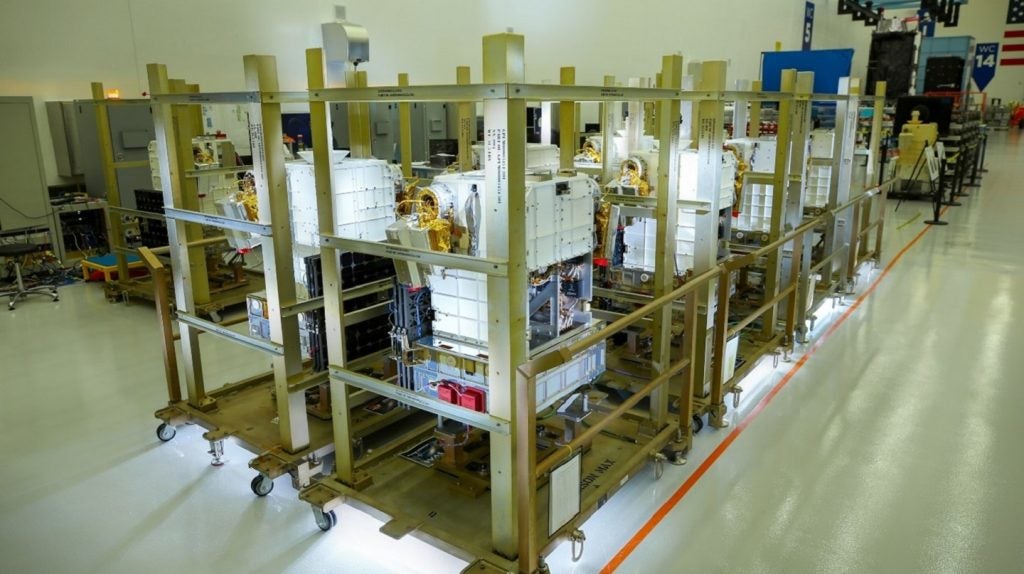The Space Development Agency (SDA) – a body responsible for the US Department of Defense’s acquisition of space-based capabilities for an integrated joint force – has launched ten satellites built by Lockheed Martin into Low Earth Orbit (LEO) for its Tranche 0 Transport Layer (T0TL) mission.
The T0TL constellation supports the SDA's Proliferated Warfighter Space Architecture programme – which is a proliferated LEO constellation that will demonstrate low-latency communication and provide a resilient network of integrated capabilities.
The small satellites have optical intersatellite links capable of sending and receiving wideband data to and from other space vehicles and ground stations.
This constellation launched aboard a SpaceX Falcon 9 reusable rocket from Vandenberg Space Force Base in California on 2 September 2023.
SDA’s Transport Layer network
SDA’s Transport Layer will provide assured, resilient, low-latency military data and connectivity worldwide to the full range of military platforms.
The network is a constellation varying in size from 300 to more than 500 satellites in LEO ranging from 750km to 1200km in altitude.
With a full constellation, 95% of the locations on the Earth will have at least two satellites in view at any given time while 99% of the locations on the Earth will have at least one satellite in view. This will ensure constant world-wide coverage around the globe
Initially, Tranche 0 will include 20 space vehicles; this constellation will have a limited networked capability. Future enhancements (Tranche 1 and beyond) will significantly increase the routing of data across a larger network of space vehicles.
SDA’s launch comes just after the agency selected Lockheed Martin and Northrop Grumman to deliver 36 satellites each as part of the ‘T2TL-Beta’ prototype constellation, a contract worth $1.5bn in total.
T0TL capabilities right now
Each Tranche 0 satellite has a Terran Orbital bus, payload processors and equipped with SmartSat, Lockheed Martin's software platform that makes it easier to dynamically add and quickly change missions in orbit through simple app uploads.
The satellites also host Link-16 radios to introduce a terrestrial-proven network in space. Link-16 will enable sensor-to-shooter targeting, by connecting systems that include fighter aircraft and Integrated Air and Missile Defense (IAMD) networks.
“Lockheed Martin is proud to be part of SDA's mission to rapidly bring a threat-driven, resilient set of integrated space capabilities to life,” said Joe Rickers, Lockheed Martin's vice president for Protected Communications.










